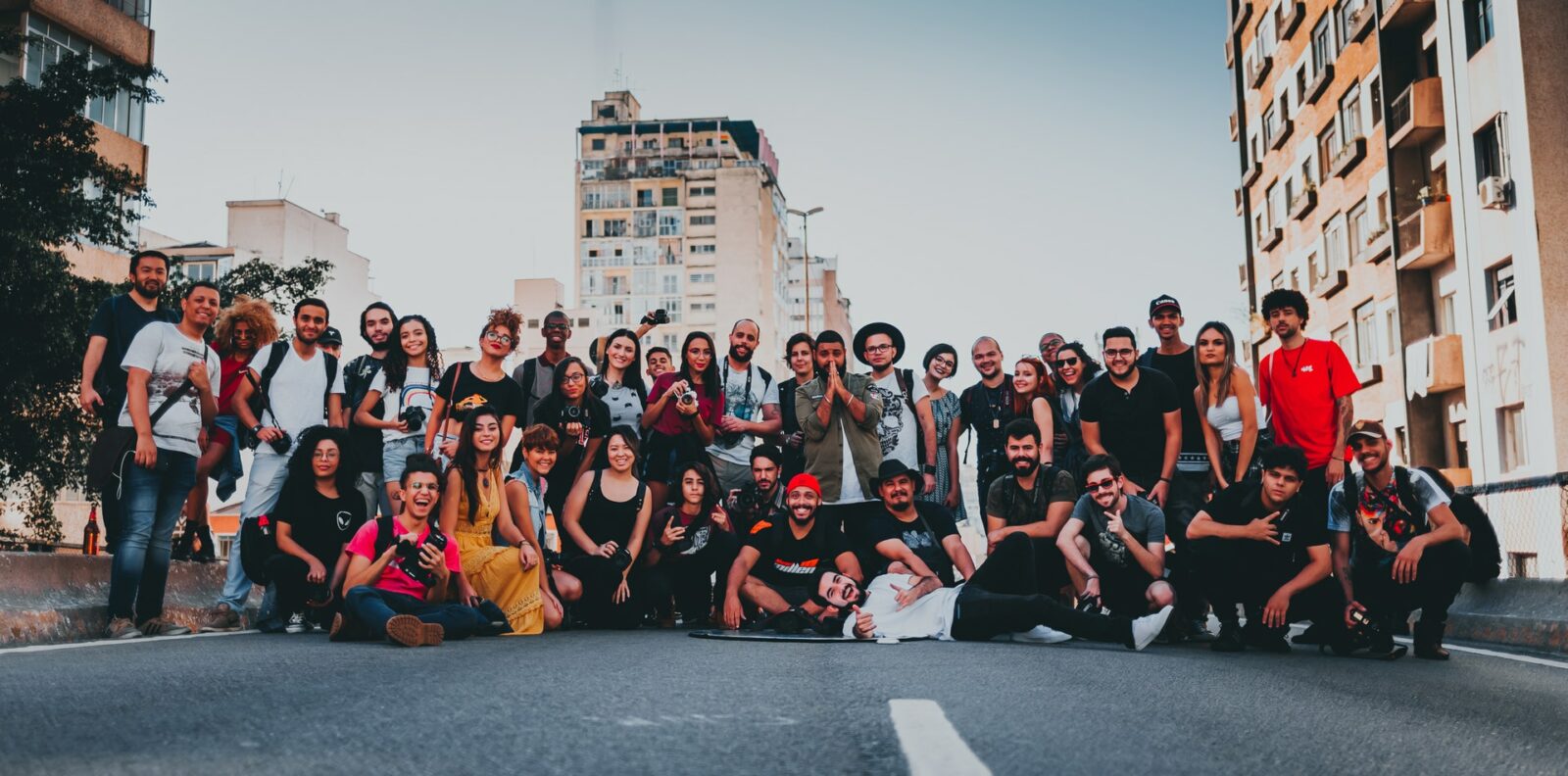

Human beings are susceptible to bias. Brains process a ton of information and in order to manage the load, they take shortcuts and make snap judgments about things. Designers make a lot of decisions that shape the culture around us. We choose images for packaging, select patterns that appropriate certain ethnic groups, and decide how information will be written. If designers are biased, we run the risk of alienating swaths of people. Don’t fret, there are ways we can reduce biases—being aware of them is the first step.
People who respond to our surveys and interviews are also susceptible to bias. Sometimes they exaggerate or even hide information. Let’s say you are studying healthy eating habits so you can design materials to encourage better decision-making. In an interview, you ask a person to be honest about how many donuts they eat in a day. Do you think they will tell you more or fewer than the number they actually eat? I’m not saying people are prone to lying—but they can tend to share the “truth” based on what they want to think instead of what actually happened.
Learn more about bias and watch the Blind Spots videos at PwC.
Resources
Tools you can use to spot bias and reduce it in your work.
- Catalog of Bias, Centre for Evidence-Based Medicine